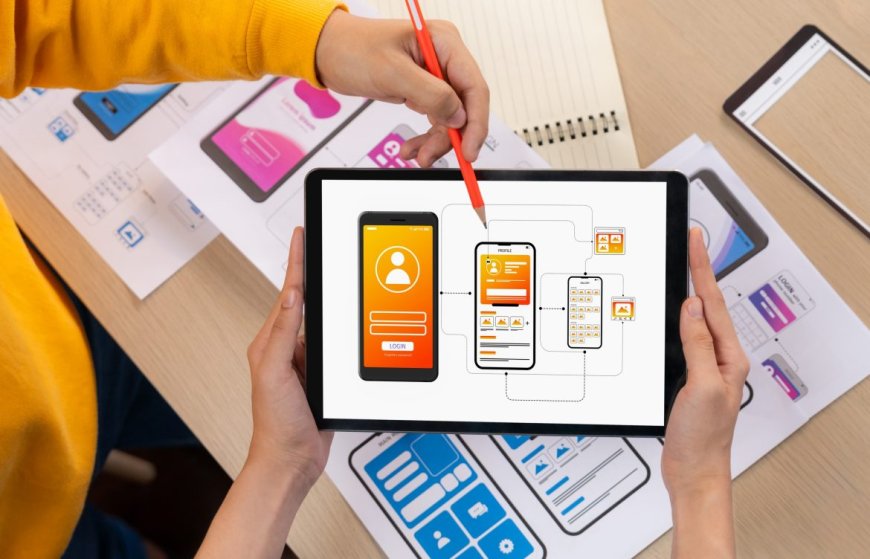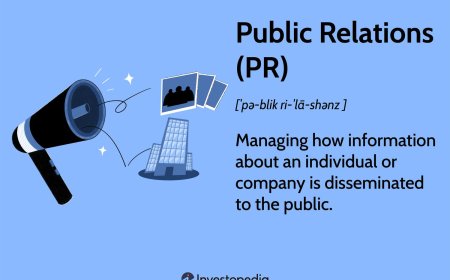Step-by-Step App Development Process Explained (2025)
Learn the complete mobile app development process from planning to deployment. A detailed guide covering key phases, benefits, and real-world insights.

Developing a successful mobile application requires much more than just writing code. It involves a structured and strategic approach that ensures your app meets user expectations, performs reliably, and stays competitive in the market. In thiscomplete app development guide, well break down thestep-by-step mobile app development processfrom the initial idea to post-launch support.
Whether youre a startup, business owner, or developer, understanding theapp development lifecyclehelps you save time, manage resources better, and deliver a high-quality product. This guide covers all major phases of mobile app development, including planning, design, development, testing, deployment, and ongoing maintenance.
Looking for powerful coding tools? Read our latest blog:Vibe Coding Tools Powering the Future of App Development.
Process of Perfect App Development
Process 1. Ideation & Requirement Gathering
The first step in the app development process is understanding thewhyandwhatof the app. This includes identifying the problem youre solving, defining your target audience, and documenting essential requirements. Market research and competitor analysis also play a key role in shaping the apps direction.
Key Activities:
- Brainstorming app features
- Creating user personas
- Conducting SWOT and competitor analysis
- Starting the app development documentation process
Process 2. Planning & Strategy Development
Once your concept is clear, the next phase is planning the execution. This step is about converting your ideas into a workable mobile app development roadmap. It involves deciding on the tech stack, platforms (iOS,Android, orcross-platform), and defining the project scope and timelines.
Key Activities:
- Choosing the right app development frameworks
- Planning resources and budget
- Defining the MVP (Minimum Viable Product) scope
- Establishing theagile app development process
Process 3. UI/UX Design
TheUI/UX in app developmentdetermines how your app feels and functions for users. This stage focuses on designing wireframes, mockups, and interactive prototypes. A great design not only attracts users but also ensures usability and retention.
Key Activities:
- Wireframing and prototyping
- Designing user journeys
- Finalizing visual elements and branding
- Ensuring accessibility and responsiveness
Process 4. Frontend and Backend Development
The heart of the software development process for apps lies in this phase. Developers bring the app to life using the chosen programming languages, tools, and frameworks.
- Frontend Development focuses on the client-side interface.
- Backend Development powers server-side logic, APIs, and databases.
This stage can follow the custom app development process or standard workflows based on the apps scope.
Key Activities:
- Coding UI components
- Integrating APIs
- Building secure databases
- Ensuring cross-platform compatibility
Process 5. App Testing and Quality Assurance
Before launching, your app must be tested thoroughly to catch bugs, security flaws, and performance issues. A solid app testing process ensures reliability across various devices and environments.
Types of Testing:
- Unit Testing
- Functional & Integration Testing
- Performance & Load Testing
- Security & Compliance Testing
- Usability Testing
Testing is crucial in any app development workflow to deliver a seamless experience to users.
Process 6. Deployment and Launch
With a fully tested app in hand, it's time to go live. The mobile app deployment process includes preparing your app for submission to the Google Play Store, Apple App Store, or enterprise platforms. Proper deployment includes complying with guidelines, optimizing the app store listing (ASO), and preparing post-launch marketing materials.
Key Activities:
- Setting up CI/CD pipelines
- Submitting app to stores
- Creating ASO assets (screenshots, descriptions, icons)
- Planning soft launch or beta release
Process 7. Post-Launch Support & Maintenance
The journey doesnt end after deployment. The final step in the app development lifecycle is monitoring the app, fixing bugs, rolling out new updates, and scaling features based on real user feedback.
Key Activities:
- Crash and performance monitoring
- Rolling out security updates
- User feedback analysis
- Feature enhancements
This ongoing support is essential for app success in a competitive environment.
This is also more important topic for you:Top Industries Benefiting from Mobile Apps in 2025
Benefits of Following a Structured App Development Process
A clear, phase-based approach tomobile app developmentdelivers a range of strategic and practical benefits:
- Higher Efficiency:Organized planning and iterative development reduce miscommunication, rework, and delays.
- Cost Control:Knowing what to build and when allows for better budgeting and resource allocation.
- Faster Time-to-Market:Agile workflows and MVP strategies help you launch quickly and respond to user needs faster.
- Improved Quality:Thorough testing and QA ensure fewer bugs and a smoother user experience.
- Better User Satisfaction:Strong UI/UX design, usability testing, and feature updates enhance customer satisfaction and retention.
- Scalable Foundation:A well-built backend and frontend structure allows easy integration of new features as the app grows.
Final Thoughts
Understanding how to develop an app step by step empowers you to take control of your project, communicate effectively with developers, and avoid costly mistakes. Whether you're building a social app, enterprise solution, or eCommerce platform, this detailed app development process serves as a proven roadmap to success.
If you're planning an app, nows the time to apply this knowledge and collaborate with professionals who follow these industry-best practices. Whether you need a prototype, MVP, or full-scale application following the right app development workflow can make all the difference. Original Source


































